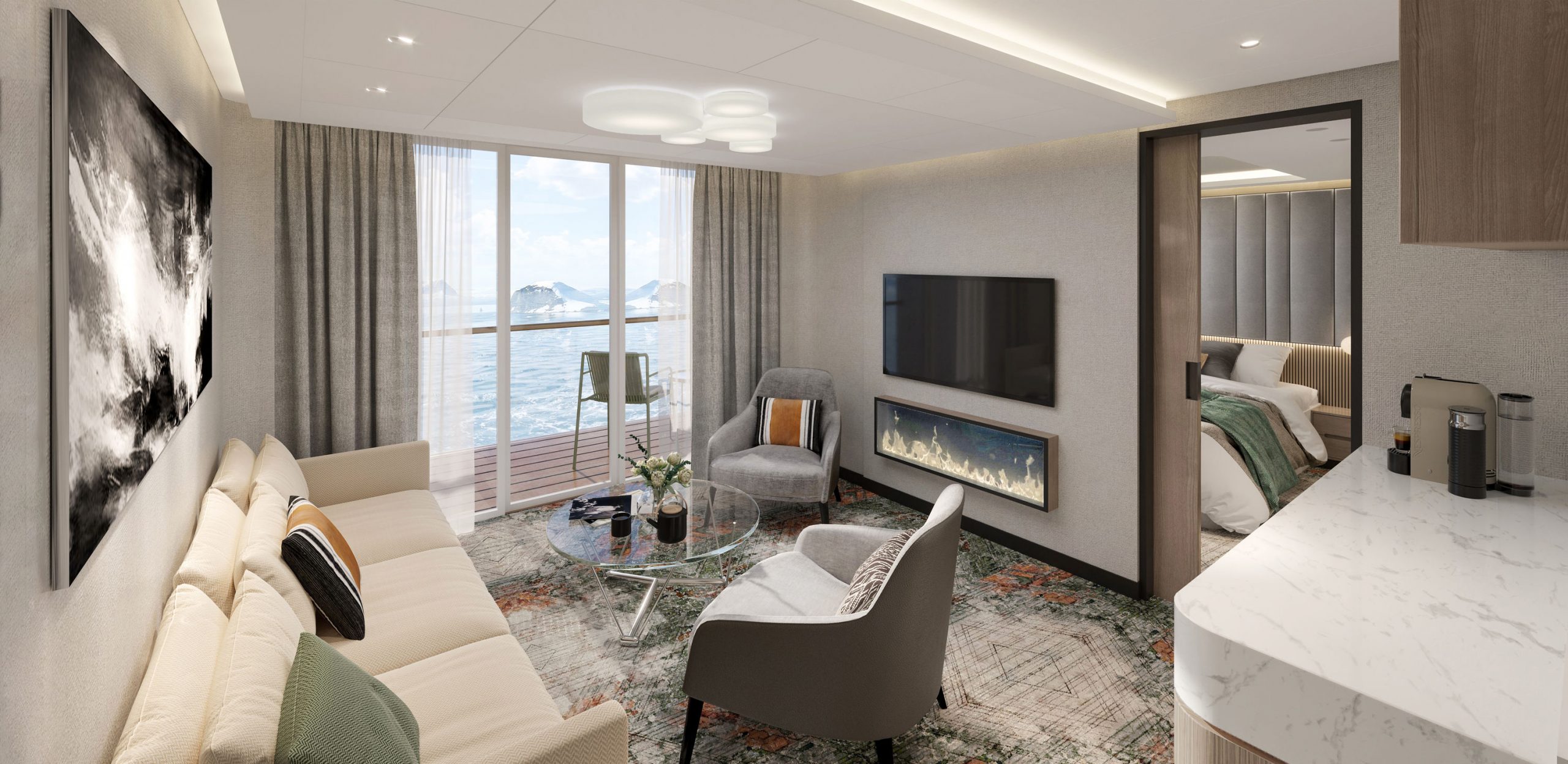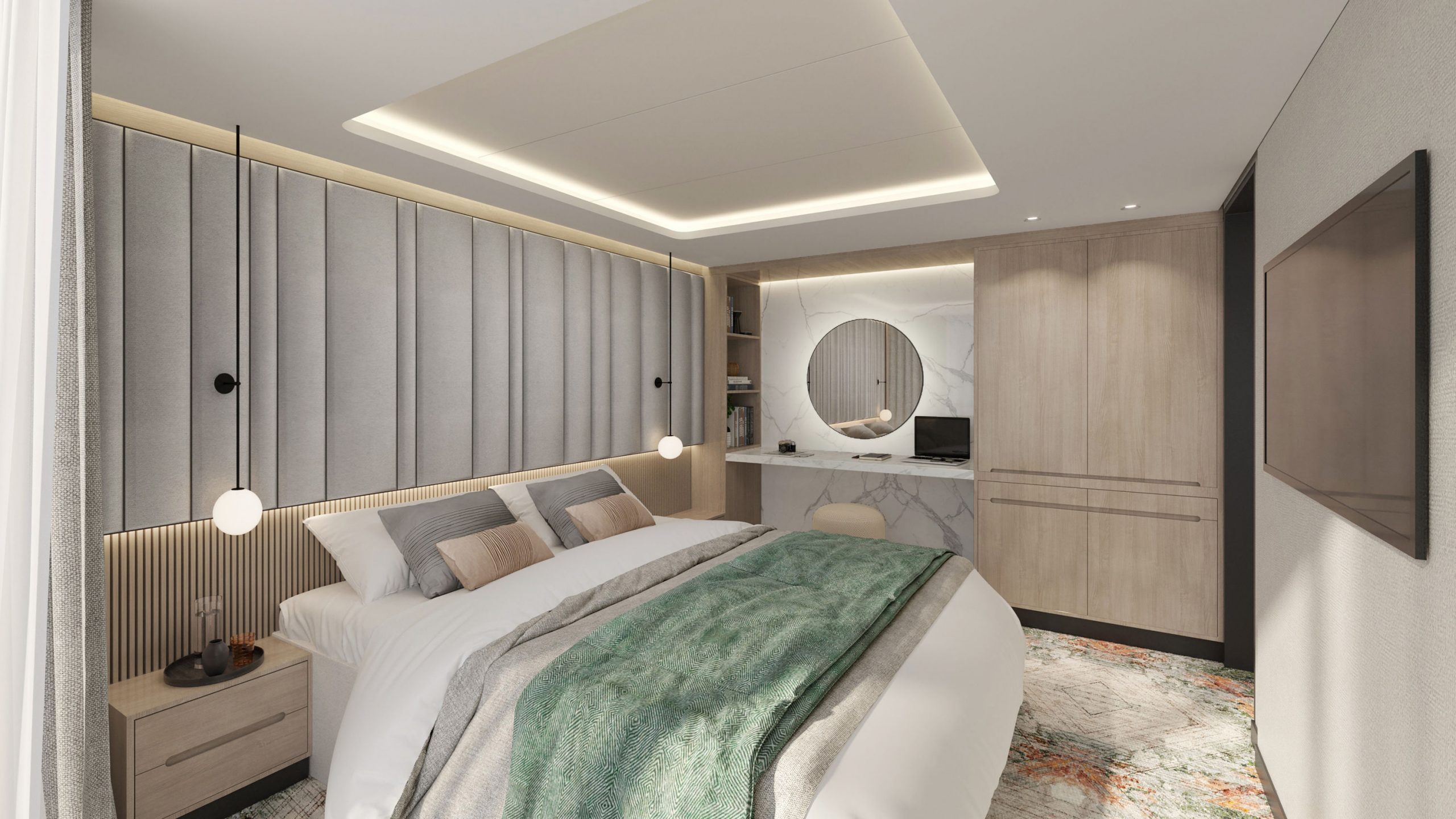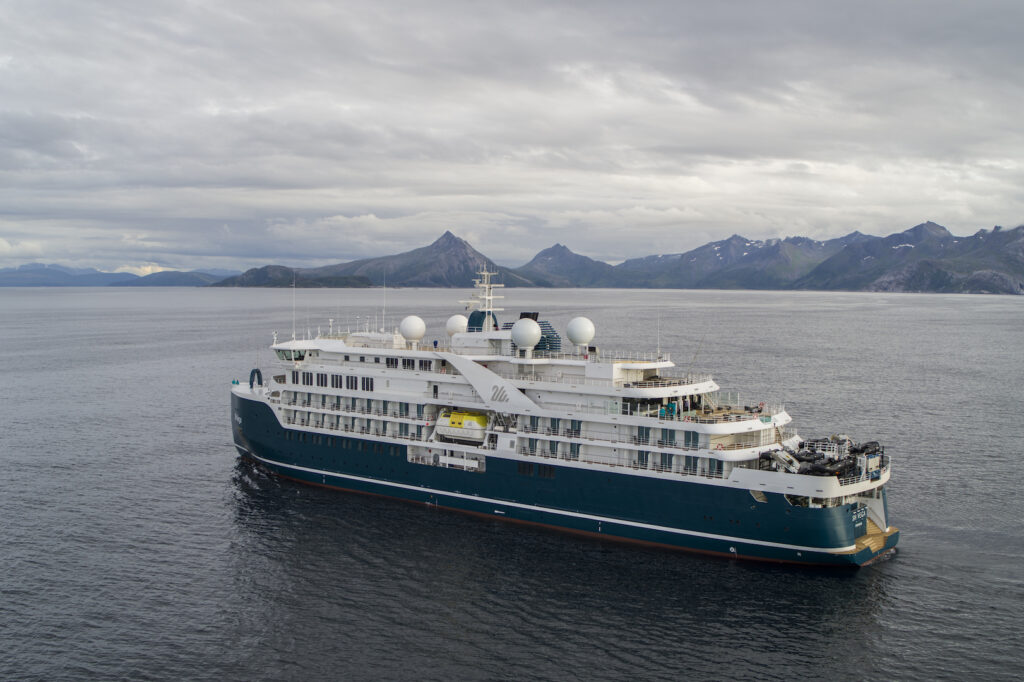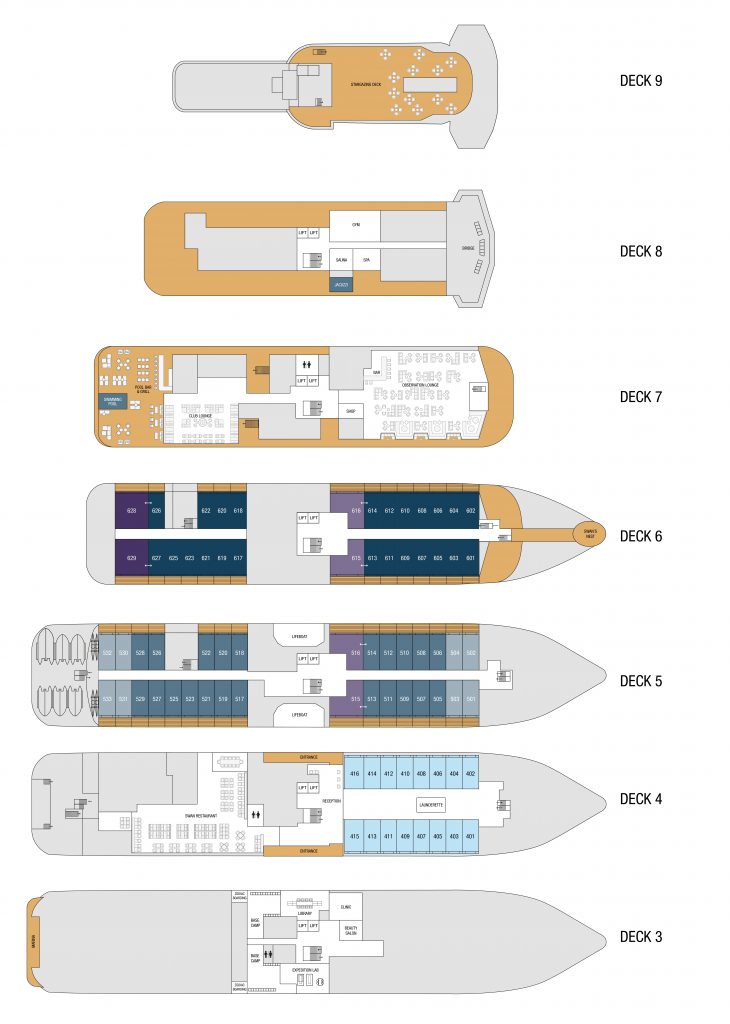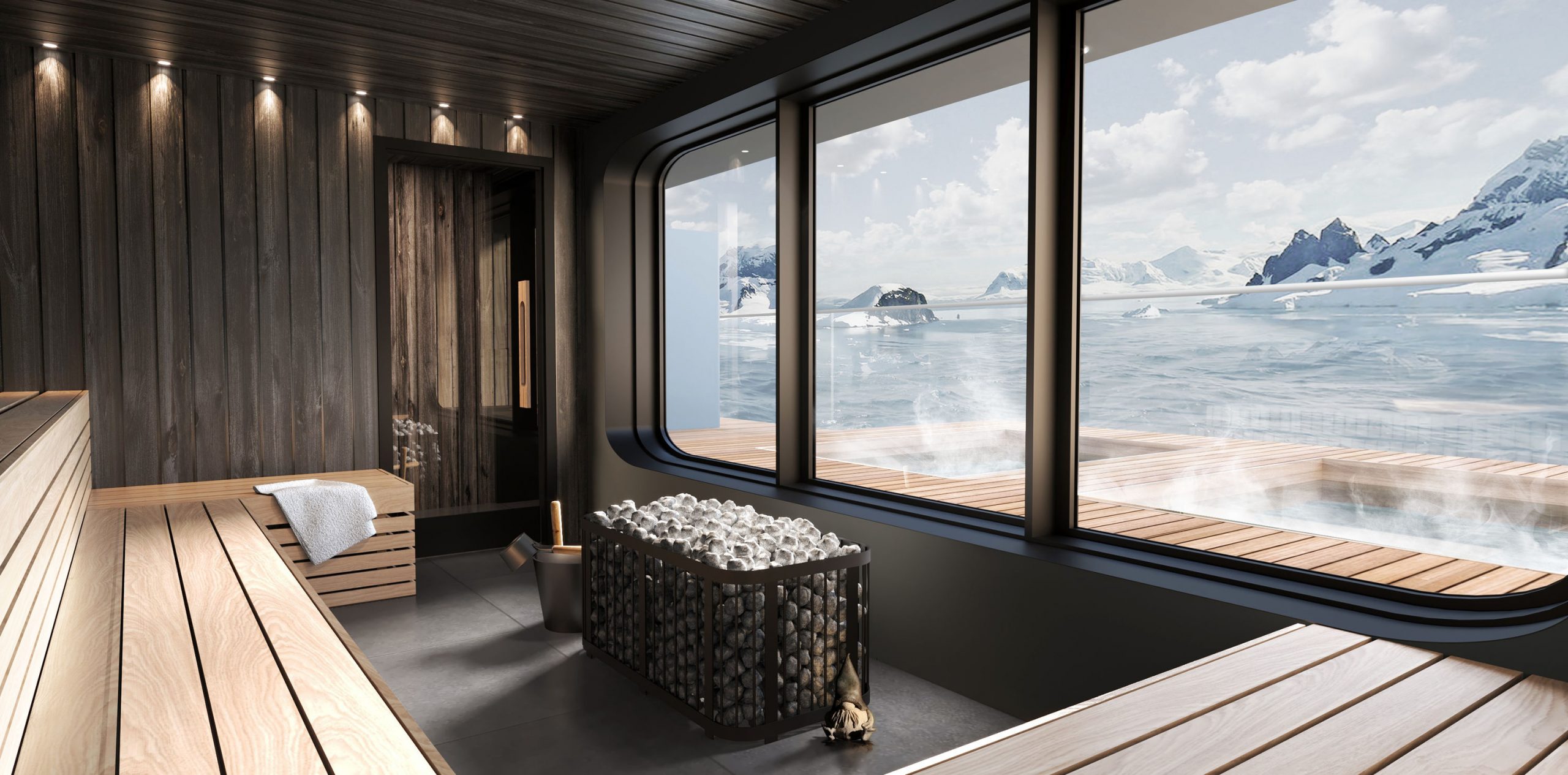The Canadian Arctic offers a blend of rich indigenous cultures, historic exploration routes, and diverse ecosystems. Itineraries often include visits to Baffin Island, the Northwest Passage, and other remote areas accessible only by expedition ships. Travelers can expect to encounter a variety of wildlife, including polar bears, narwhals, and seabird colonies, as well as opportunities to learn about Inuit traditions and history. These voyages provide a deep dive into the Arctic's cultural and natural heritage, set against a backdrop of stunning, icy landscapes.



